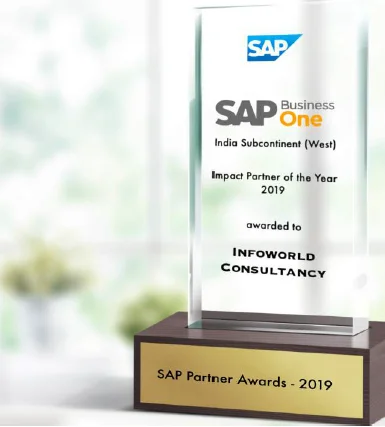- 1. A customer places an order on Shopify.
- 2. The order data, including items, customer details and payment confirmation, is automatically sent to SAP B1.
- 3. SAP B1 creates a sales order or invoice, updates stock and triggers the fulfillment process.
- 4. Once the order ships, SAP B1 sends tracking details back to Shopify so the customer can receive updates.
- 5. Inventory changes reflect instantly on Shopify to avoid overselling.
This real-time data flow ensures transparency across departments, reduces manual intervention and enables businesses to scale without adding administrative overhead.



